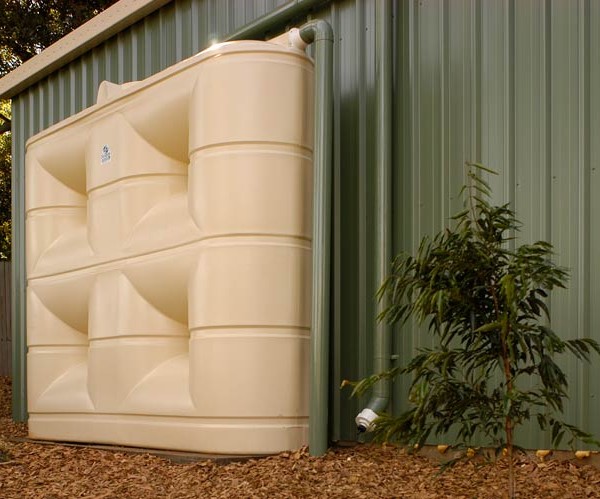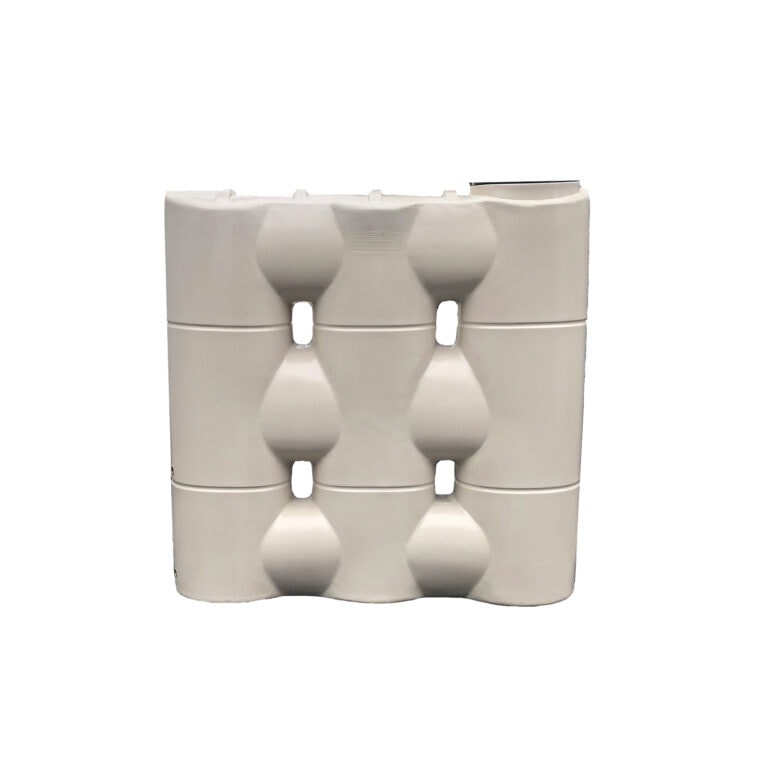Economical Slimline Water Tanks: Maximize Your Rainwater Harvesting
Economical Slimline Water Tanks: Maximize Your Rainwater Harvesting
Blog Article
Unveiling the Benefits of Rainwater Containers in Decreasing Water Expenses and Environmental Influence
In a world where sustainability and cost-efficiency are progressively vital, the usage of rainwater storage tanks offers a sensible and ecologically conscious service. The advantages of incorporating rain tanks into household or industrial residential or commercial properties expand past plain water bill decreases. By exploring the diverse benefits of such systems, one can discover a riches of insights right into how they add to an extra sustainable future while favorably affecting both funds and the setting.
Price Savings With Rainwater Storage Tanks
When considering the implementation of rainwater containers, significant price financial savings can be attained with effective water administration methods. Rainwater collecting offers a sustainable remedy that not just decreases water bills but additionally lessens the pressure on municipal water resources. By catching and storing rainwater for different non-potable uses such as irrigation, bathroom flushing, and laundry, homes and organizations can dramatically lower their dependence on treated water from the grid, bring about significant price financial savings in time.
Among the key cost-saving advantages of rainwater storage tanks is the decrease in water energy bills. By using collected rainwater for activities that do not call for potable water, such as watering yards or cleaning autos, people can reduce their general water consumption from the mains supply, leading to decreased water bills. Additionally, rain tanks can help reduce the impact of water restrictions or droughts by giving a different water source for crucial tasks, guaranteeing continuity in supply of water without incurring too much expenses. On the whole, purchasing rainwater storage tanks can lead to long-lasting economic cost savings while advertising water preservation and sustainability.

Environmental Impact Decrease
Applying rain storage tanks not just causes cost savings but additionally contributes substantially to lowering the ecological impact related to water usage. By capturing rainwater that would certainly or else run into storm drains pipes, rain storage tanks aid reduce stress on typical water resources like rivers and reservoirs. This lowered demand for municipally dealt with water causes energy cost savings and a decline in the carbon footprint connected with water therapy and distribution processes.
Moreover, using rainwater for activities such as gardening, irrigation, and cleaning lowers the demand for using cured water for non-potable purposes. This conservation of potable water assists in preserving water sources for necessary uses and minimizes the energy-intensive processes associated with treating water to fulfill alcohol consumption requirements.

Water Bill Reduction Perks
The installment of rainwater tanks uses significant monetary benefits via reductions in water bills. By accumulating and keeping rain for numerous house utilizes, such as watering yards, purging toilets, or doing washing, homeowners can substantially decrease their dependence on the metropolitan water. This, subsequently, results in a visible decrease in water consumption from typical resources, resulting in lower water bills at the end of each billing cycle.
Rain is a free and sustainable resource that can supplement and even change the demand for making use of treated water for non-potable objectives. As a result, families with rainwater containers can see a substantial decline in their total water costs over time. In addition, during durations of water constraints or dry spell, having a rainwater storage tank can supply an important different water source, additional reducing the dependence on costly municipal water products.
In essence, buying a rainwater tank not only adds to ecological preservation yet also provides tangible monetary benefits by lowering water expenses and advertising long-lasting expense savings for home owners.
Lasting Water Monitoring Solutions
Provided the monetary advantages and lowered reliance on metropolitan water supplies that rainwater storage tanks provide, discovering sustainable water administration remedies becomes a logical following step for house owners wanting to enhance their water usage. Lasting water monitoring includes carrying out methods that efficiently and responsibly make use of water resources while decreasing wastefulness and ecological impact. Rainwater harvesting, which see here now entails collecting and keeping rainwater for later use, is a crucial element of sustainable water administration. By using rainwater storage tanks to catch and keep rainwater, homeowners can minimize their dependancy on traditional water sources, such as community supplies or groundwater, hence adding to water conservation efforts.

In addition to rainwater harvesting, sustainable water monitoring options may consist of executing water-efficient devices, fixtures, and landscape design practices - Slimline water tanks. Mounting low-flow bathrooms, showerheads, and taps can substantially minimize water consumption within homes. Moreover, incorporating drought-resistant plants and using wise watering systems right here can assist decrease water use for outside landscape design. By taking on these sustainable water monitoring techniques, property owners can not just enhance their water use but additionally add to environmental preservation and minimize their water bills in the long run.
Area Water Source Conservation

In addition, area involvement can encompass the application of water-saving modern technologies and practices on a larger range. Urging the fostering of rain storage tanks, greywater recycling systems, and efficient watering techniques within communities can result in considerable decreases in water consumption. In addition, promoting a sense of cumulative responsibility for water preservation can advertise sustainable habits and techniques amongst neighborhood members.
Additionally, area water source conservation efforts can lead the way for stronger bonds among residents and a common commitment to ecological stewardship. By functioning with each other to secure this hyperlink and protect water resources, neighborhoods can add dramatically to a much more sustainable and resistant future.
Verdict
In final thought, rain tanks provide significant price savings, ecological benefits, and add to lasting water monitoring services. By decreasing water expenses, saving water resources, and minimizing ecological impact, rainwater tanks play a vital duty in advertising water preservation and sustainability - Slimline water tanks. Their implementation not only advantages individual houses yet additionally adds to the wider goal of area water source administration and preservation
Report this page